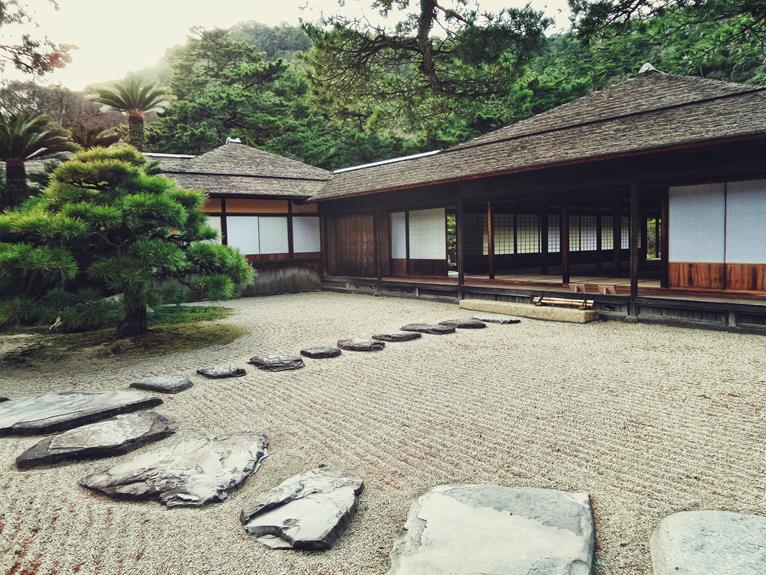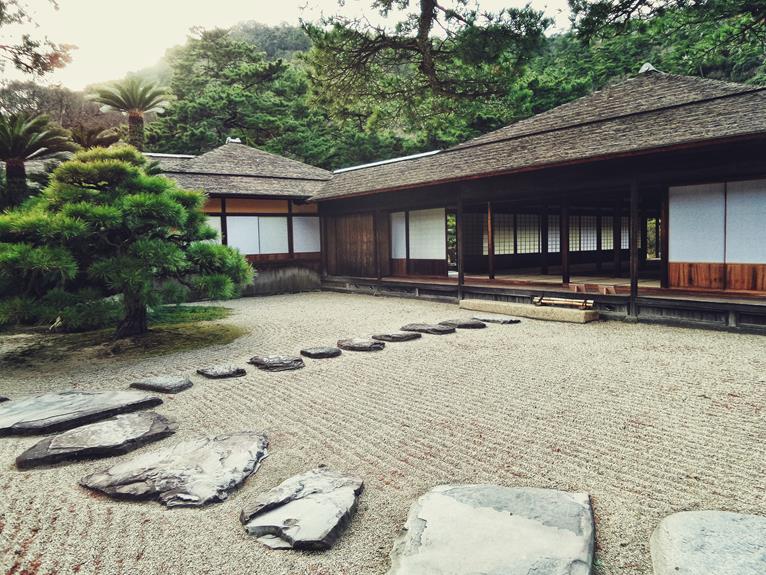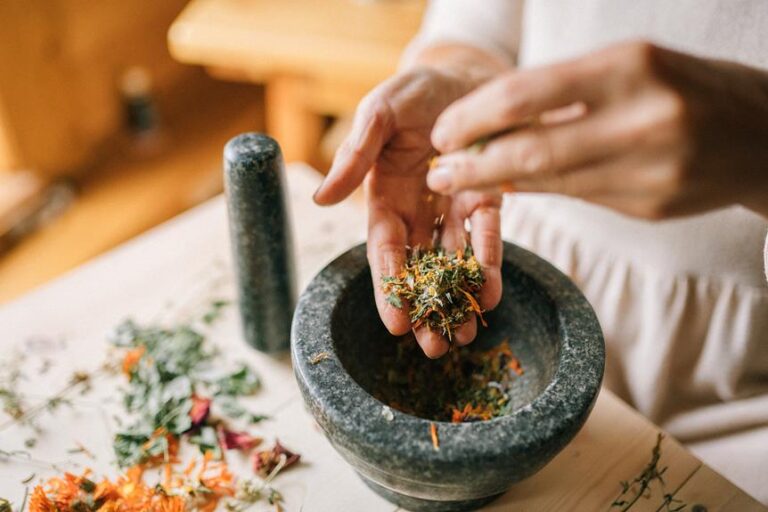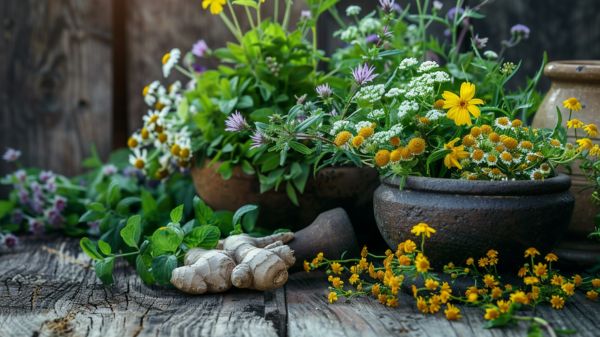7 Essential Steps to Process Harvested Medicinal Plants
Are you ready to unlock the secrets of processing harvested medicinal plants? In this article, we will guide you through the essential steps to transform nature’s gifts into powerful remedies.
From sorting and cleaning to drying and extracting, each step plays a vital role in preserving the potency of these plants.
So, grab your tools and get ready to embark on a scientific journey as we unveil the seven crucial steps to process harvested medicinal plants.
Let’s dive in!
Sorting Harvested Plants
To begin processing your harvested medicinal plants, you should start by sorting them according to their various parts and characteristics. This step is essential for effective plant storage and preservation.
Sorting allows you to categorize the plants based on their specific uses, such as leaves, flowers, stems, or roots. Additionally, you can separate the plants based on their physical properties, such as size and color.
By organizing the plants in this manner, you’ll have a systematic approach to their storage and preservation. This will help prevent any confusion or mix-ups, ensuring that each plant is stored correctly and maintains its medicinal properties.
Remember to label each category and store them in appropriate containers or bags to maintain their freshness and potency.
Cleaning and Removing Debris
To ensure the quality and safety of harvested medicinal plants, it’s crucial to thoroughly clean and remove debris.
This step is important because it eliminates potential contaminants and foreign matter that may be present on the plant material.
Effective debris removal also helps to improve the overall appearance and market value of the final product.
Importance of Thorough Cleaning
Start by thoroughly cleaning and removing debris from the harvested medicinal plants. Proper cleaning is essential in ensuring the quality and efficacy of the final product. Here are three reasons why thorough cleaning techniques are important:
- Removal of Contaminants: Cleaning helps eliminate dirt, dust, insects, and other contaminants that may be present on the plants. These contaminants can affect the purity and safety of the medicinal plants, leading to a lower quality product.
- Preservation of Active Compounds: Thorough cleaning helps preserve the active compounds present in the plants. By removing debris, you can ensure that the medicinal properties aren’t compromised during processing.
- Prevention of Microbial Growth: Cleaning also helps minimize the risk of microbial growth on the plants. Bacteria, fungi, and other microorganisms can thrive on debris, potentially causing spoilage or contamination of the medicinal plants.
Effective Debris Removal
Begin by thoroughly removing all debris from the harvested medicinal plants. This is a crucial step in the process of effectively processing these plants.
Debris, such as leaves, stems, and other unwanted materials, can contaminate the final product and reduce its quality and efficacy. To ensure proper debris removal, carefully inspect each plant and remove any foreign matter. This includes dirt, insects, and damaged parts of the plants.
Once the debris is removed, it’s important to dispose of it properly. Debris disposal should follow guidelines and regulations to prevent environmental harm. Debris management is an essential aspect of processing harvested medicinal plants and shouldn’t be overlooked.
Proper debris removal ensures that the final product is clean, pure, and safe for consumption or further processing.
Drying the Plants
Now that the plants have been cleaned and debris removed, it’s crucial to focus on the drying process.
Optimal drying techniques are essential to preserve the medicinal properties of the plants. Proper timing is of utmost importance, as drying too quickly or too slowly can impact the quality and efficacy of the final product.
Optimal Drying Techniques
To ensure the quality and efficacy of your harvested medicinal plants, it’s crucial to employ optimal drying techniques for effectively drying the plants. Here are three essential steps to achieve efficient drying methods and preserve the plant’s potency:
- Proper Air Circulation: Arrange the plants in a single layer on a drying rack or screen to allow air to circulate evenly. Avoid overcrowding, as it can lead to mold and uneven drying.
- Ideal Temperature and Humidity: Maintain a controlled environment with a temperature between 95-110°F (35-43°C) and a humidity level below 60%. This helps prevent the growth of bacteria and fungi while preserving the plant’s active constituents.
- Avoid Direct Sunlight: Expose the plants to indirect sunlight or a well-ventilated dark room. Direct sunlight can degrade the plant’s active compounds and alter its medicinal properties.
Importance of Proper Timing
To ensure the optimal potency and efficacy of your harvested medicinal plants, it’s crucial to consider the importance of proper timing in drying the plants.
The timing of the drying process plays a significant role in preserving the active compounds present in the plants. The right timing ensures that the plants retain their medicinal properties and don’t lose their potency due to prolonged exposure to environmental factors.
Factors that affect the timing of drying include the moisture content of the plants, the ambient temperature, and the humidity levels. It’s important to dry the plants at the right time to prevent the growth of mold and bacteria, which can degrade the quality of the medicinal plants.
Grinding or Crushing the Plants
Begin by grinding or crushing the harvested medicinal plants to extract their beneficial properties. This step is crucial in the processing of medicinal plants as it helps break down the plant material and release the active compounds. Here are three grinding and crushing techniques commonly used in the industry:
- Mortar and pestle: This traditional method involves manually grinding the plants using a mortar and pestle. It allows for precise control over the grinding process and is suitable for small quantities.
- Blender or grinder: Using a blender or grinder is a more efficient method, especially for larger quantities. It ensures uniform grinding and can be adjusted to achieve the desired particle size.
- Mechanical milling: This technique involves using specialized machines to grind the plants. It’s ideal for large-scale production and offers consistent results.
Remember to choose the appropriate grinding method based on the specific plant material and desired outcome. Proper grinding or crushing ensures maximum extraction of the medicinal properties, resulting in high-quality products.
Extracting Active Compounds
Once the plants have been ground or crushed, you can now proceed to extract their active compounds. Isolating compounds from medicinal plants is a crucial step in the processing of harvested plants.
This process involves the use of various purification methods to obtain pure and concentrated forms of the desired compounds. One common method is solvent extraction, where organic solvents such as ethanol or methanol are used to dissolve and extract the active compounds from the plant material.
Another method is steam distillation, which is particularly effective for extracting essential oils. Other techniques, such as maceration and cold pressing, can also be employed depending on the specific compounds being targeted.
These purification methods ensure that the extracted compounds are free from impurities and ready for further processing and formulation into medicinal products.
Formulating Medicinal Products
Now, you can move forward with formulating medicinal products using the extracted compounds. Here are three essential steps to follow:
- Determine the desired dosage form: Decide whether you want to create a tincture, capsule, ointment, or another form of herbal remedy. Consider factors such as ease of administration and the targeted area of the body.
- Calculate the appropriate concentration: Determine the optimal concentration of the active compounds in your product. This will depend on the potency of the medicinal plant and the intended therapeutic effect. Consult scientific literature or seek guidance from experts in herbal remedies.
- Select suitable excipients: Choose the appropriate excipients to enhance the stability, absorption, and overall quality of your medicinal product. Common excipients include binders, fillers, and solvents. Ensure compatibility with the active compounds and consider any potential interactions or allergies.
Packaging and Storing the Final Products
To ensure the longevity and quality of your final products, it’s crucial to carefully package and store them.
Packaging techniques play a vital role in protecting medicinal plants from external factors such as light, moisture, and air, which can degrade their potency. One commonly used packaging method is the use of airtight containers made of glass or opaque plastic. These containers help prevent the entry of moisture and light, preserving the medicinal properties of the plants.
Additionally, labeling the containers with the plant’s name, date of harvest, and any specific storage instructions is important for easy identification and proper handling.
Proper storage methods involve keeping the packaged products in a cool, dry place away from direct sunlight. This helps maintain their chemical composition and overall effectiveness.
Conclusion
By following these essential steps, the process of harvesting and processing medicinal plants can be carried out effectively and efficiently. From sorting and cleaning to drying and grinding, each step plays a crucial role in preserving the medicinal properties of the plants.
By extracting active compounds and formulating medicinal products, we can create reliable and effective remedies. Finally, packaging and storing the final products ensure their longevity and potency.
With these steps, we can harness the full potential of nature’s healing power.






